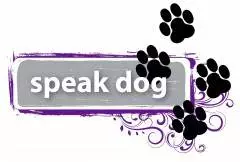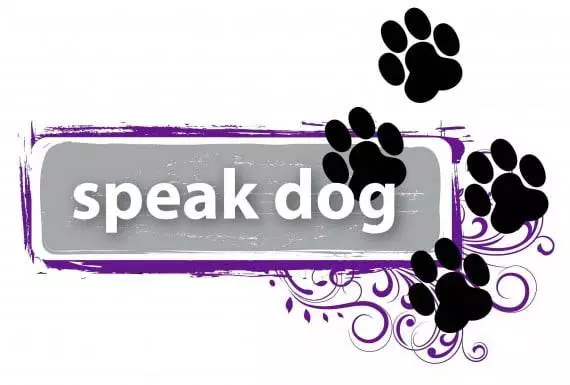Nobody wants to be bitten, and nobody wants to have their dog bite a child, vet, or groomer (or hopefully anyone else for that matter). We need to teach our dogs to let us take care of the without resisting us. We should always watch for signs of stress in our dogs and try to keep below threshold. We should also educate the people who interact with our dog how to do so successfully. Most dogs do not like to be patted on the top of the head, hugged, or otherwise made uncomfortable. If your dog is particularly sensitive about a body part take a little extra time to desensitize the area. Treats can be used to distract a dog if needed (or even as a reward once they have allowed the handling) but this exercise is typically done without food.
When your dog is a little tired take advantage of the relaxed state by doing a little handling. Gently pet your dog all over its body, you can also use a brush but try to keep the experience positive, this is not the time for de-matting the coat. Briefly look in each ear turning it over and gently touching inside. Lift the lips to expose the teeth and gently touch the teeth and gums with your fingers or a toothbrush. Desensitize the tail by touching it gently. Touch each foot for a little while, if your dog is still relaxed touch each toe. You can also introduce nail trimmers by putting them on the ground while you handle the feet. Try tapping each toenail with the handle of the trimmers but don’t plan on cutting all the nails in one sitting.
Eventually you can do all of your regular grooming such as cleaning the ears with a cotton ball or cloth, brushing the teeth, trimming the nails, and brushing the coat. Good handling etiquette can also help in the event your vet needs to examine your dog or draw blood, etc. Your groomer will also thank you for putting in the time so it is not as difficult for them to get your dog cleaned up. The more confidence you have, the more relaxed you and your dog will be. If you would like tips on grooming ask your trainer, groomer, or vet.

